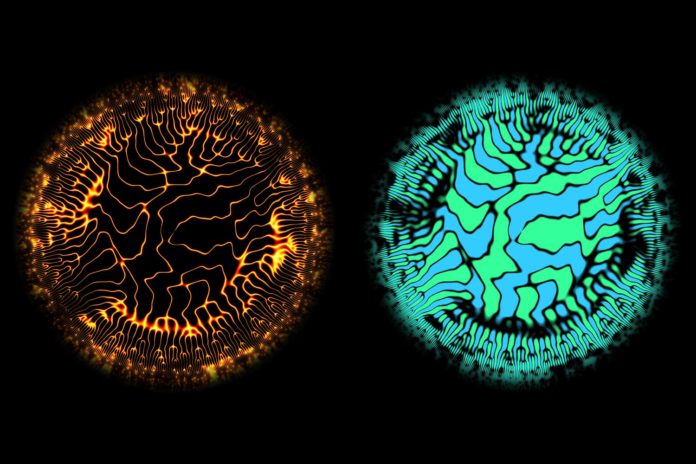Fluid dynamics, that describes the flow of fluids and gases or anything that flows and stirs into eddies. It has several applications including- it helps airplanes stay in the air, describes the way that blood flows through the human body, and factors into weather forecasting.
In fluid dynamics, the turbulent motion is characterized by a flow regime by chaotic changes in pressure and flow velocity. In this motion, the speed of the fluid at a point is continuously undergoing changes in both magnitude and direction.
Now, Stanford scientists have created an astonishing way to illustrate this kind of turbulent motion in a simulated cube of air. They even have captured images of the data from one moment in an incredibly complex simulation.
Through their images, they highlight visual media that visually demonstrate not only the science but also the beauty of moving materials. The record that they used to make the biggest visualization was about one petabyte of size.
Research led, Parviz Moin, a professor of mechanical engineering said, “Computer simulations are the only way to generate detailed data like their largest simulation, a cube of computer-generated ‘air’ about 100 cubic meters in volume.”
As shown in the fiery-looking black and orange image, black space represents air movement and the color is the still space between each eddy. On the other hand, in paired blue and green image represent the same stimulation, but it highlights the bodies of moving air.
Graduate student Maxime Bassenne said, “We took inspiration from Mark Fischer’s Aguasonic Acoustics project. In this project, he had transformed sound recordings from animals such as whales and birds into similar radial wavelet plots.”
“Besides the difficulty of setting up the experiment and not disturbing the fluid with the probes, you’d need about one trillion probes to detect the kind of information that this simulation gives.”
Scientists have presented their poster in the Gallery of Fluid Motion. They also won the Milton Van Dyke award at the American Physical Society Division of Fluid Dynamics conference.
